Air Travel Recovery Requires Global Coordination, Industry Says
IATA and ACI outline a collaborative roadmap for a worldwide commercial aviation industry restart
May 19, 2020
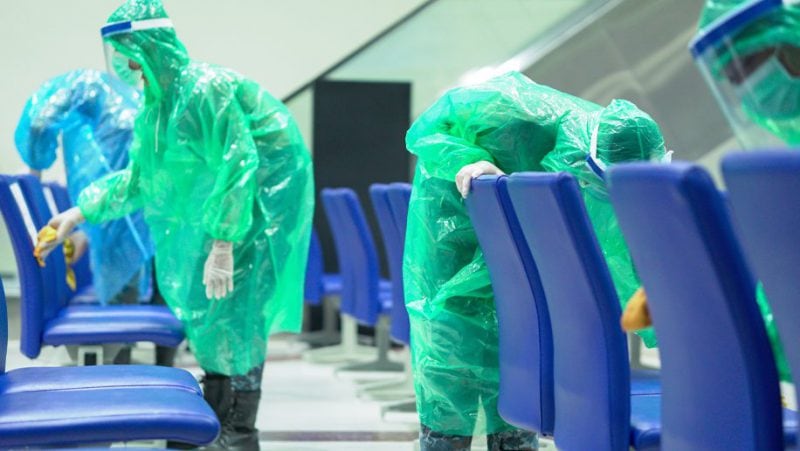
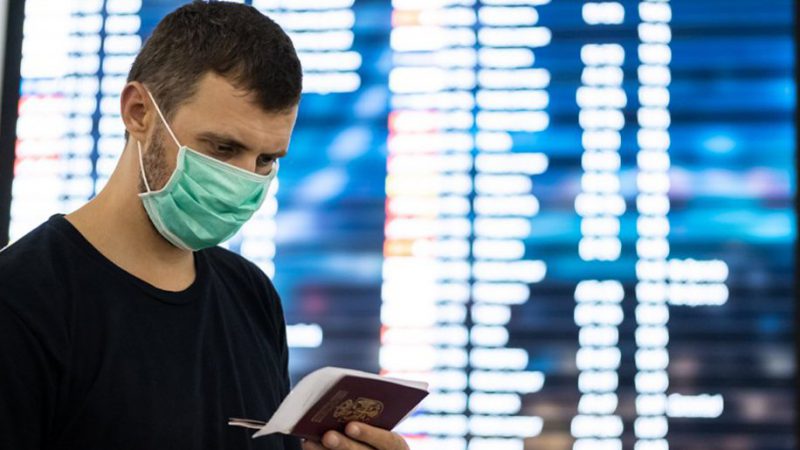
The aviation sector has been particularly hard-hit by the coronavirus pandemic, and the industry is calling for a global approach to achieve a balanced and effective restart and recovery. Airports Council International World and the International Air Transport Association have issued a joint paper entitled “Safely Restarting Aviation – ACI and IATA Joint Approach,” calling on governments to base any new measures for airports and airlines in the wake of COVID-19 “are supported by scientific evidence and are consistent across the world.”
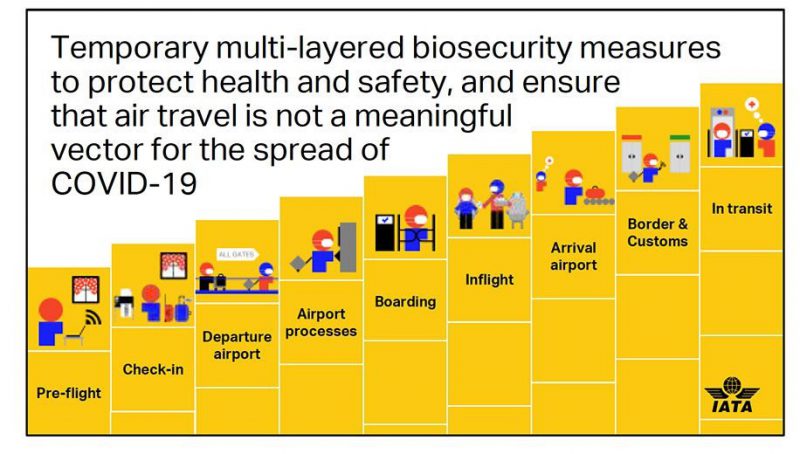 ACI and IATA are both key members of the Council of the International Civil Aviation Organization’s COVID-19 Aviation Recovery Task Force. The CART initiative enables collaboration among governments and between governments and industry to ensure the measures taken to restoring air connectivity and passenger confidence in air travel are coordinated and consistent.
ACI and IATA are both key members of the Council of the International Civil Aviation Organization’s COVID-19 Aviation Recovery Task Force. The CART initiative enables collaboration among governments and between governments and industry to ensure the measures taken to restoring air connectivity and passenger confidence in air travel are coordinated and consistent.
“There is currently no single measure that could mitigate all the risks of restarting air travel,” ACI World Director General Angela Gittens said. “But we believe a globally-consistent, outcome-based approach represents the most effective way of balancing risk mitigation with the need to unlock economies and to enable travel.”
IATA’s director general and CEO Alexandre de Juniac, cited the CART initiative as one “reason to be optimistic” that the industry could “avoid the mess that followed 9:11 when governments acted unilaterally,” warning that it “created confusion for airlines and travelers alike. And it took many years to clean-up.”
Speaking yesterday, de Juniac said, “We have a small window to avoid these mistakes with COVID-19 by agreeing global standards for a re-start. In doing so, we must build-in measures for continuous review so that we can streamline the system as science and technology evolve.”
He also outlined IATA’s own proposed “temporary layered approach to biosecurity for re-starting passenger flights” which it has published as Biosecurity for Air Transport: A Roadmap for Restarting Aviation.
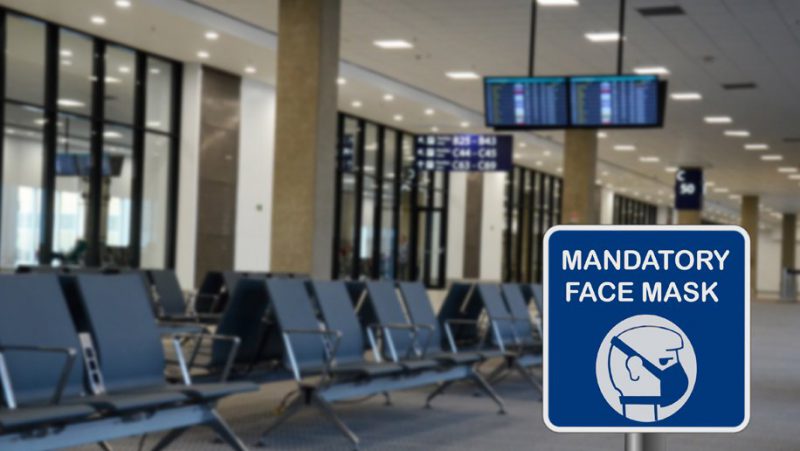
Highlights of the Roadmap include:
Pre-flight, IATA foresees the need for governments to collect passenger data in advance of travel, including health information, which should be accomplished using well-tested channels such as those used for eVisa or electronic travel authorization programs.
At the departure airport, IATA calls for several layers of protective measures:
•Access to the terminal building should be restricted to airport / airline workers and travelers (with exceptions being made for those accompanying passengers with disabilities or unaccompanied minors)
•Temperature screening by trained government staff at entry points to the terminal building
•Physical distancing through all passenger processes, including queue management
•Use of face coverings for passengers and masks for staff in line with local regulations.
•Self-service options for check-in used by passengers as much as possible to reduce contact points and queues. This includes remote check-in (electronic / home printed boarding passes), automated bag drops (with home printed bag tags) and self-boarding.
•Boarding should be made as efficient as possible with re-designed gate areas, congestion-reducing boarding priorities, and hand luggage limitations.
•Cleaning and sanitizing of high touch areas in line with local regulations. This includes wide availability of hand sanitizers.
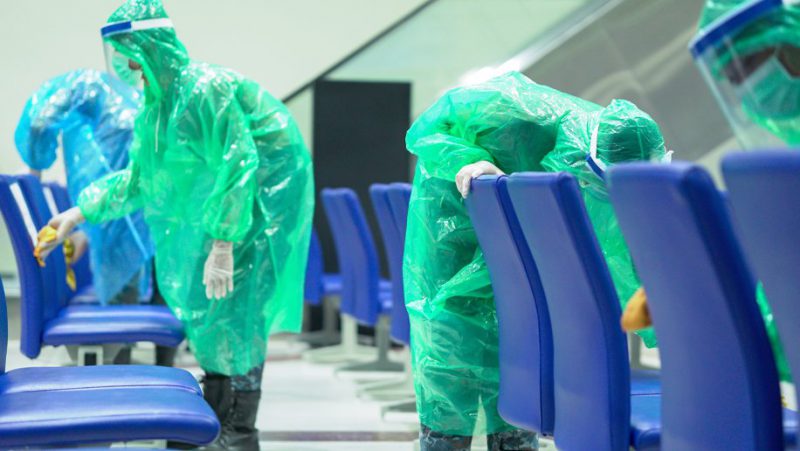
In-flight, IATA foresees several layers of protective measures:
•Face coverings required for all passengers and non-surgical masks for crew
•Simplified cabin service and pre-packaged catering to reduce interaction between passengers and crew
•Reduced congregation of passengers in the cabin, for example by prohibiting queues for washrooms.
•Enhanced and more frequent deep cleaning of the cabin
At the arrival airport, the roadmap includes several layers of protective measures:
•Temperature screening by trained government staff if required by authorities
•Automated procedures for customs and border control including use of mobile applications and biometric technologies (which have already proven track record by some governments)
•Accelerated processing and baggage reclaim to enable social distancing by reducing congestion and queuing
•Health declarations and robust contact tracing are expected to be undertaken by governments to reduce the risk of imported chains of transmission
Some of these steps have already been enacted by airlines, but the efforts are often piecemeal and inconsistent from carrier to carrier. IATA stressed that these measures should be temporary, regularly reviewed, replaced when more efficient options are identified or removed should they become unnecessary. Specifically, IATA expressed hope in two areas which could be ‘game-changers’ in facilitating efficient travel until a vaccine is found:
COVID-19 testing: IATA supports testing when scalable, accurate and fast results are available. Testing at the start of the travel process would create a ‘sterile’ travel environment that would reassure travelers and governments.
Immunity passports: IATA would support the development of immunity passports to segregate no-risk travelers at a time when these are backed by medical science and recognized by governments.
IATA reiterated its opposition to social distancing on board aircraft and quarantine measures on arrival:
•Quarantine measures would be unnecessary because temperature screening reduces the risk of symptomatic passengers from traveling, while health declarations and contact tracing after arrival reduce the risk of imported cases developing into local chains of transmission.
•Social distancing on board (leaving the middle seat open) is obviated by the wearing of face coverings by all on board on top of transmission reducing characteristics of the cabin.
However, as previously reported, IATA’s stance on these issues has been controversial, raising serious questions from some medical experts and policy makers.
“The roadmap is the industry’s high-level thinking on safely re-starting aviation. Timing is critical,” said de Juniac. “We have a short time to reach agreement on the initial standards to support safely reconnecting the world and to firmly establish that global standards are essential to success. This will change as technology and medical science advances. The vital element is coordination,” he said.
“If we are successful in a smooth re-start for aviation that will pay big benefits in solving the economic dimension of the COVID-19 challenge. The shape and size of the industry may change as a result of this crisis. But aviation will remain a critical support for vast sectors of the economy. The sooner we can safely reconnect the world, the more jobs can be saved. And, combined with economic stimulus packages, a reconnected world will be a solid foundation for economic recovery.”




